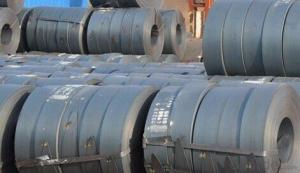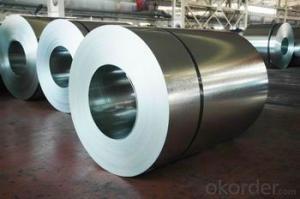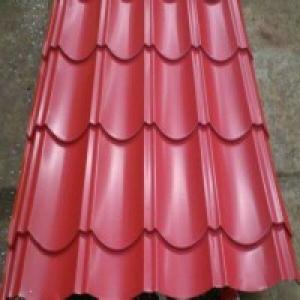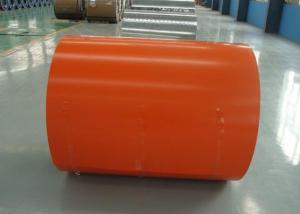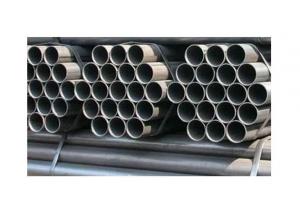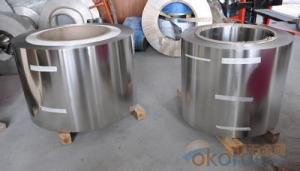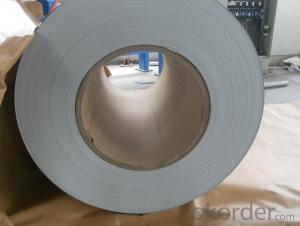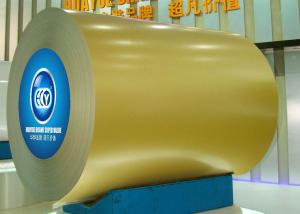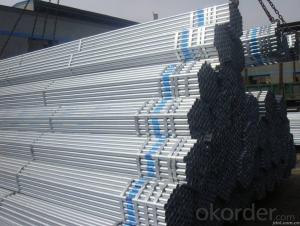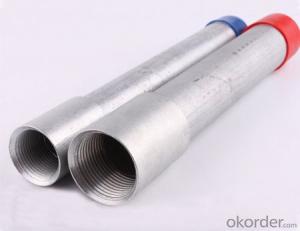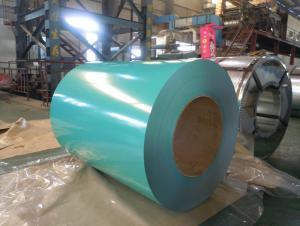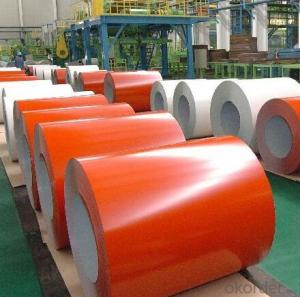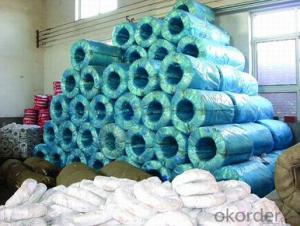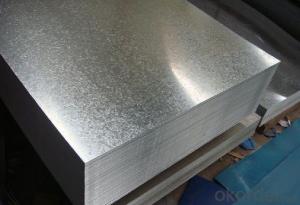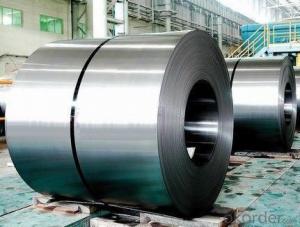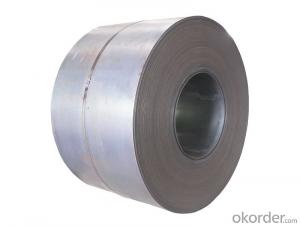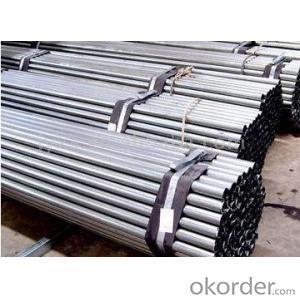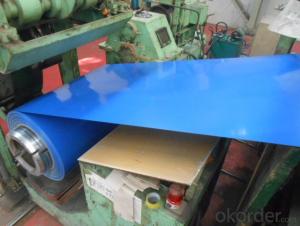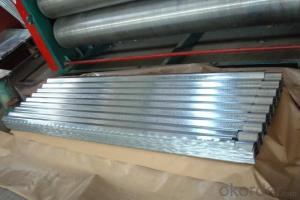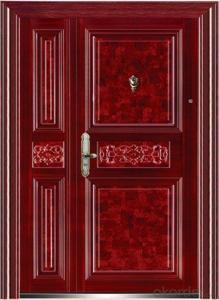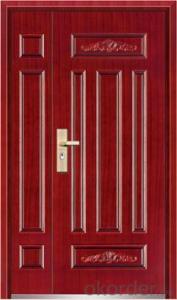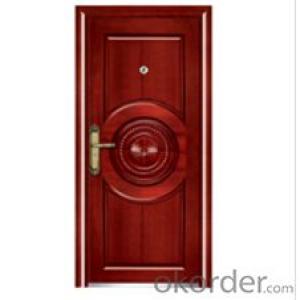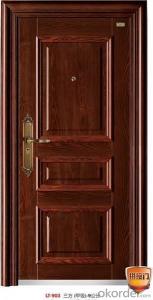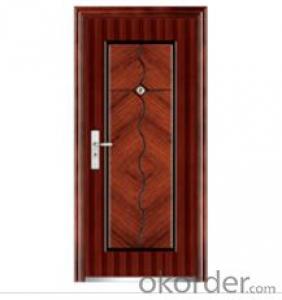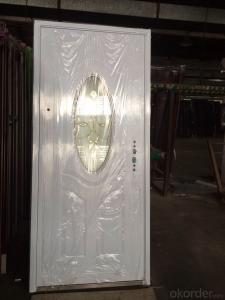Galvanized Steel Paint
Galvanized Steel Paint Related Searches
Paint Galvanized Steel Painted Galvanized Steel Paint For Galvanized Steel Spray Paint Galvanized Steel Painting Galvanized Steel Best Paint For Galvanized Steel Steel Galvanized Powder Coating Galvanized Steel Stainless Steel Paint Galvanized Steel Tank Painted Stainless Steel Galvanized Stainless Steel Galvanized Steel Panel Paint Stainless Steel Galvanized Steel Roof Stainless Steel Color Paint Galvanized Steel Panels Galvanized Tube Steel Galvanized Steel Siding Galvanized Steel Wall Panels Weld Galvanized Steel Painting Stainless Steel Paint For Stainless Steel Galvanized Steel Post Black Stainless Steel Paint Galvanized Steel Piping Stainless Steel Spray Paint Galvanized Corrugated Steel Painting Of Stainless Steel Galvanized Steel FenceGalvanized Steel Paint Supplier & Manufacturer from China
Galvanized Steel Paint is a specialized coating designed to provide excellent corrosion resistance and durability when applied to galvanized steel surfaces. This high-quality paint forms a protective barrier that prevents rust and other forms of degradation, ensuring the longevity of the materials it's applied to. It is particularly effective in environments where the steel is exposed to harsh weather conditions or aggressive chemicals.Galvanized Steel Paint is widely used in various industries, including construction, automotive, and manufacturing, where galvanized steel components are common. It is ideal for protecting structural elements, automotive parts, and machinery from the damaging effects of moisture, salt, and other corrosive substances. By applying Galvanized Steel Paint, industries can extend the service life of their equipment and reduce maintenance costs associated with rust and corrosion.
Okorder.com is a reputable wholesale supplier of Galvanized Steel Paint, offering a vast inventory of this essential product to meet the needs of various industries. With a commitment to quality and customer satisfaction, Okorder.com ensures that businesses have access to reliable and efficient solutions for their galvanized steel protection requirements.
Hot Products


